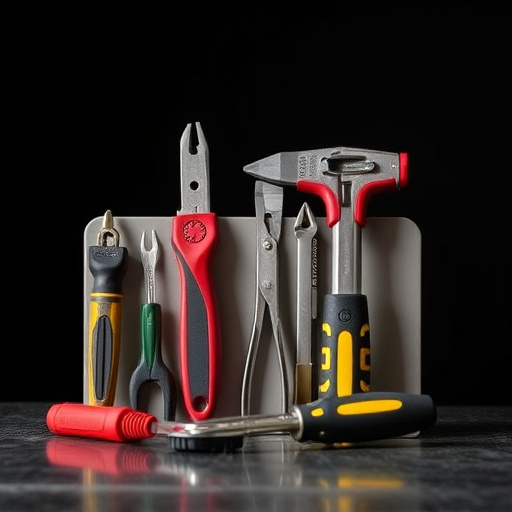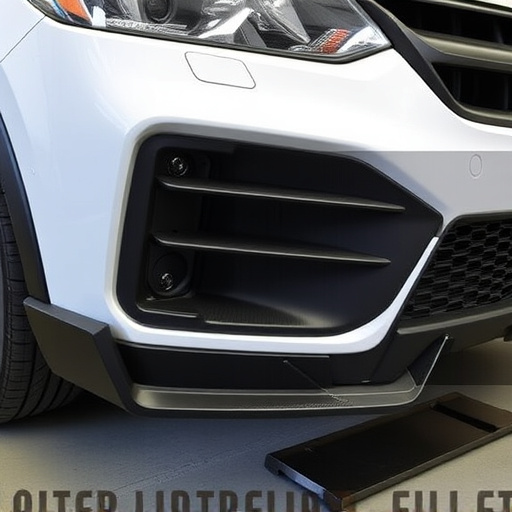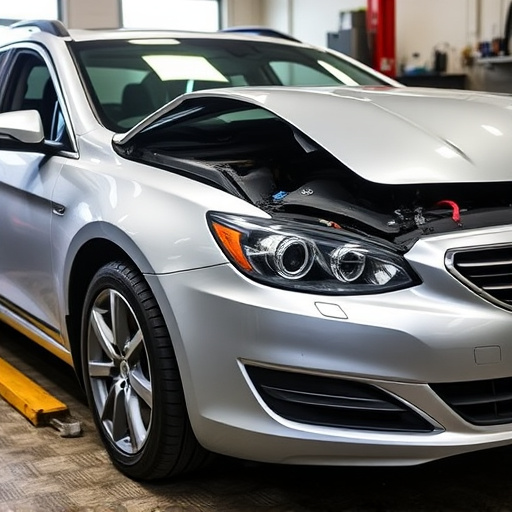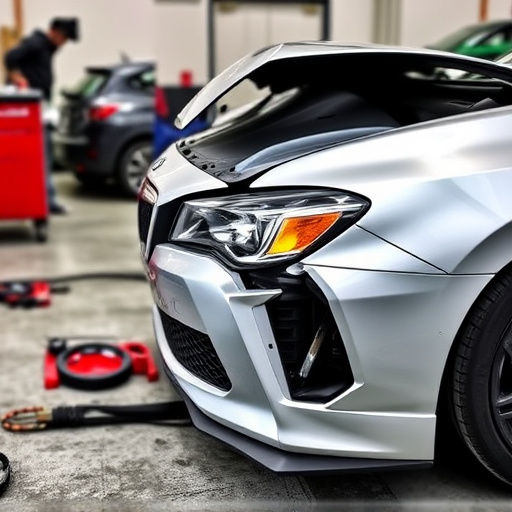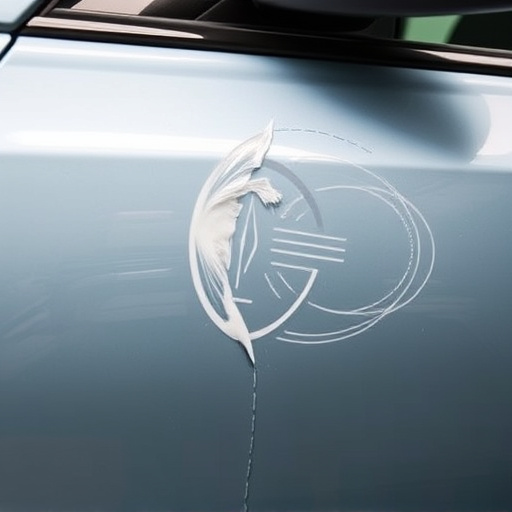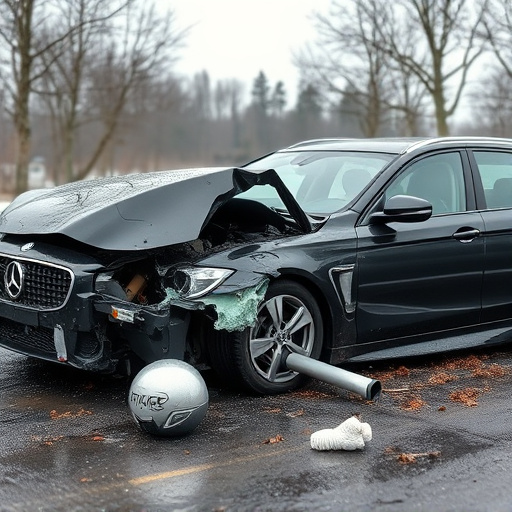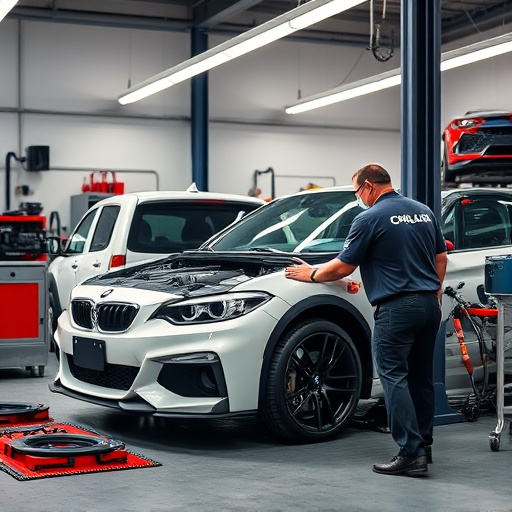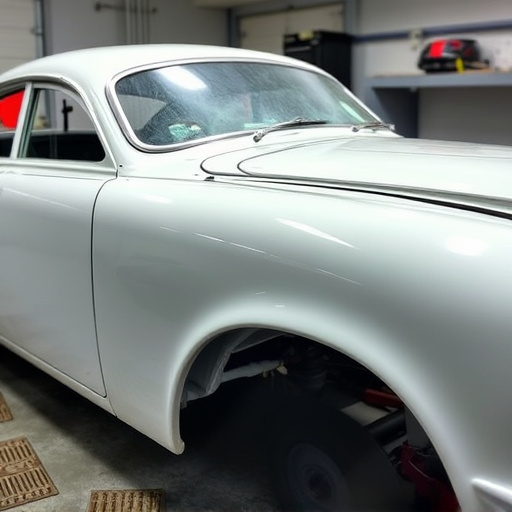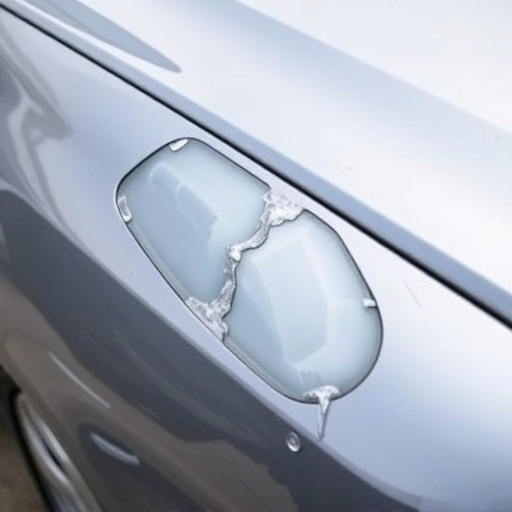Repairs with high quality craftsmanship, including precise alignment and expert paint matching, lead to higher insurance claim approvals as they meet industry standards. Subpar work, such as misalignments or inconsistent techniques, can raise red flags for insurers, resulting in claim denials or lower settlements due to perceived poor work quality. Maintaining superior repair craftsmanship is crucial for successful insurance claims and customer satisfaction.
In today’s world, understanding the intricate relationship between repair craftsmanship quality and insurance claim approvals is paramount. The precision and skill invested in repairs significantly influence claims processing. This article delves into the impact of repair craftsmanship on claim decisions, exploring how quality assurance practices within the insurance industry assess and approve repairs. We analyze various repair techniques and their correlation with approval rates, shedding light on best practices for both insurers and policyholders to navigate successful claims resolution.
- The Impact of Craftsmanship on Claims
- Quality Assurance: Insurance Perspective
- Repair Techniques and Approval Rates
The Impact of Craftsmanship on Claims
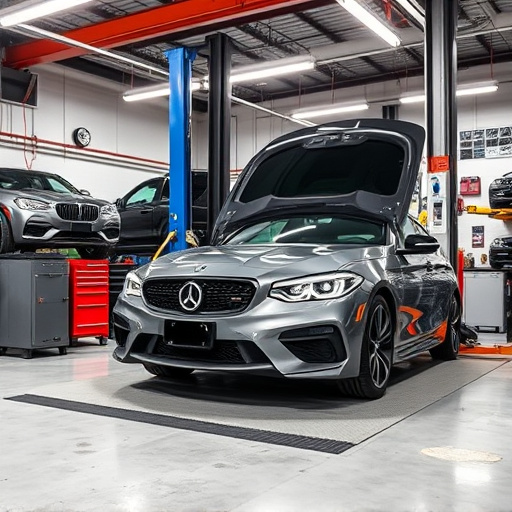
The quality of repair craftsmanship plays a significant role in insurance claim approvals, often serving as a crucial factor in determining the outcome of a claim. When an auto body shop performs high-quality repairs, such as meticulous panel alignment and expert paint matching, it increases the likelihood of an insurance company approving the claim. This is because these repairs demonstrate a level of skill and attention to detail that aligns with industry standards, making the case for compensation stronger.
On the other hand, subpar craftsmanship can raise red flags for insurers. Visible misalignments, poor paint jobs, or inconsistent repair techniques may suggest corners were cut during the repair process. As a result, insurance companies might deny claims or offer lower settlements, attributing these deficiencies to potential poor work quality or lack of proper training in auto body repairs, especially in cases like fender benders where damage is relatively minor.
Quality Assurance: Insurance Perspective
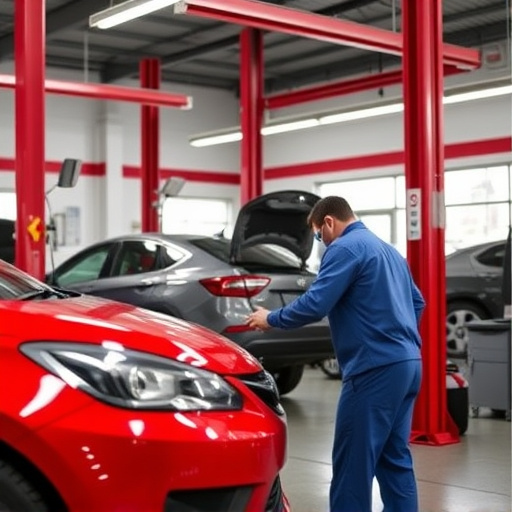
Insurance companies place a high value on repair craftsmanship quality as it directly impacts the accuracy and validity of insurance claims. When assessing a claim for a car restoration or car paint repair, insurers expect to see evidence of skilled work that adheres to industry standards. This includes proper techniques, use of high-quality materials, and meticulous attention to detail. A well-executed repair job not only ensures the vehicle’s structural integrity but also serves as a protective measure against future damage.
From their perspective, subpar vehicle restoration or sloppy craftsmanship can raise red flags. Insurance adjusters may scrutinize the work for signs of haste, poor workmanship, or the use of inferior parts. These factors could lead to claim denials or reduced compensation, as insurers aim to prevent fraudulent activities and ensure fair payouts. Therefore, maintaining high standards of repair craftsmanship quality is essential for smooth insurance claim approvals and customer satisfaction.
Repair Techniques and Approval Rates
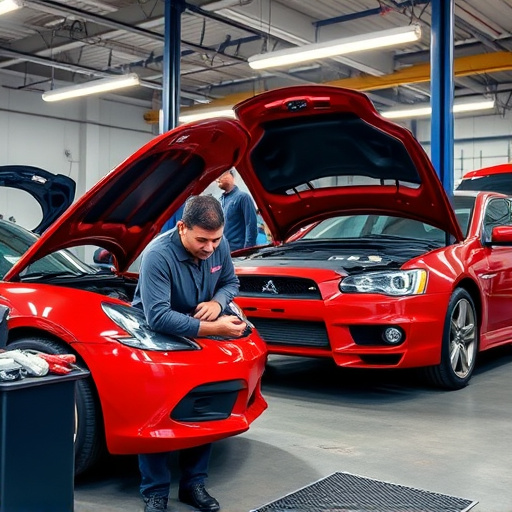
The quality of repair craftsmanship plays a pivotal role in influencing insurance claim approvals. When a vehicle undergoes car collision repair or enters an autobody shop for any type of bodywork, the meticulousness and skill involved in the repairs directly impact the outcome of the insurance claim. Insurers are increasingly setting higher standards for repair craftsmanship to ensure claims are valid and to deter fraudulent activities.
Competent repair technicians employ advanced techniques, such as precise measuring, expert welding, and intricate panel alignment, to restore vehicles to their pre-accident condition. These high-quality repairs not only increase the likelihood of claim approval but also contribute to customer satisfaction. Conversely, subpar craftsmanship, including visible discrepancies, poor fitment, or inconsistent paint jobs, may raise red flags for insurers, leading to claim denials or reduced settlements. Therefore, it’s paramount for vehicle body shops to uphold robust repair craftsmanship quality.
The intricate relationship between repair craftsmanship quality and insurance claim approvals cannot be overstated. As discussed, meticulous workmanship significantly influences the accuracy of assessments, leading to more fair and justified claim settlements. Insurers benefit from enhanced quality assurance practices, ensuring that repairs meet high standards. By adopting advanced repair techniques and maintaining rigorous quality control, the approval rates for claims can be substantially improved, fostering trust between policyholders and insurance providers. Thus, prioritizing repair craftsmanship quality is a mutually beneficial strategy for both parties.



